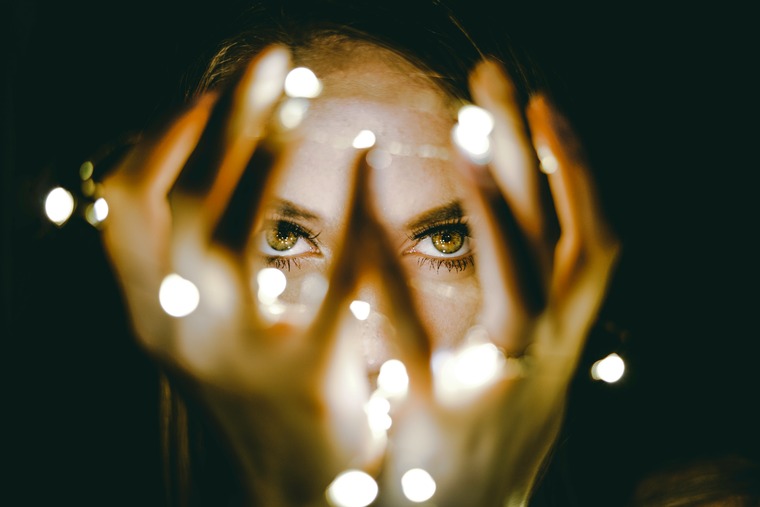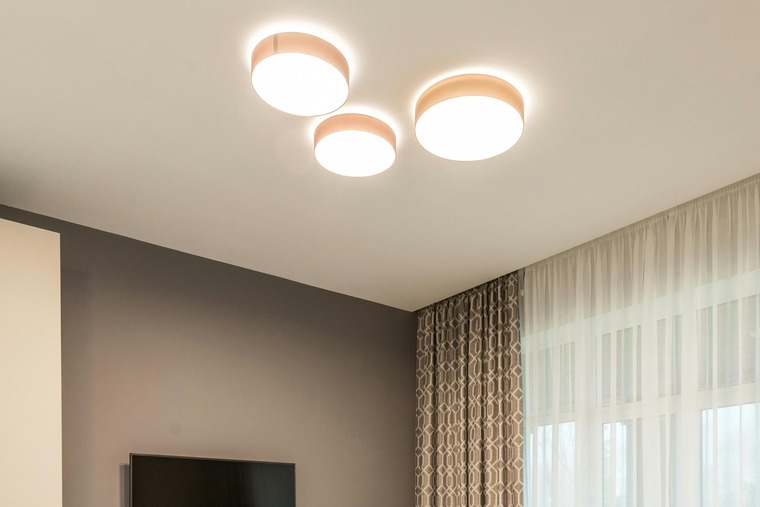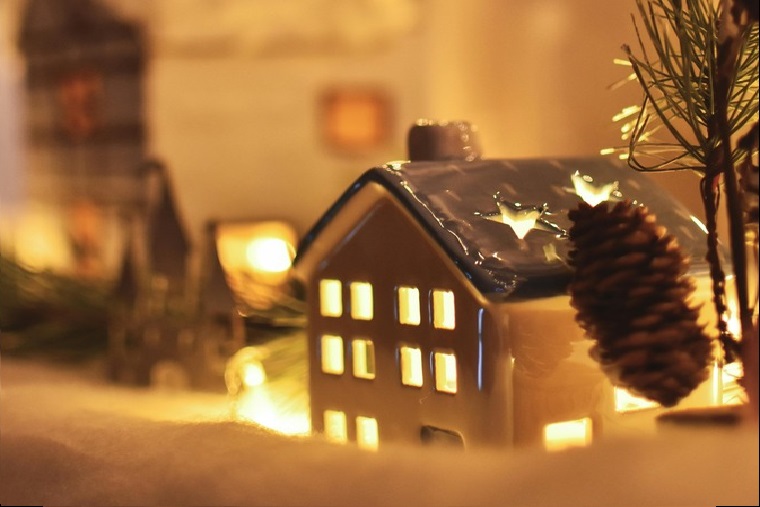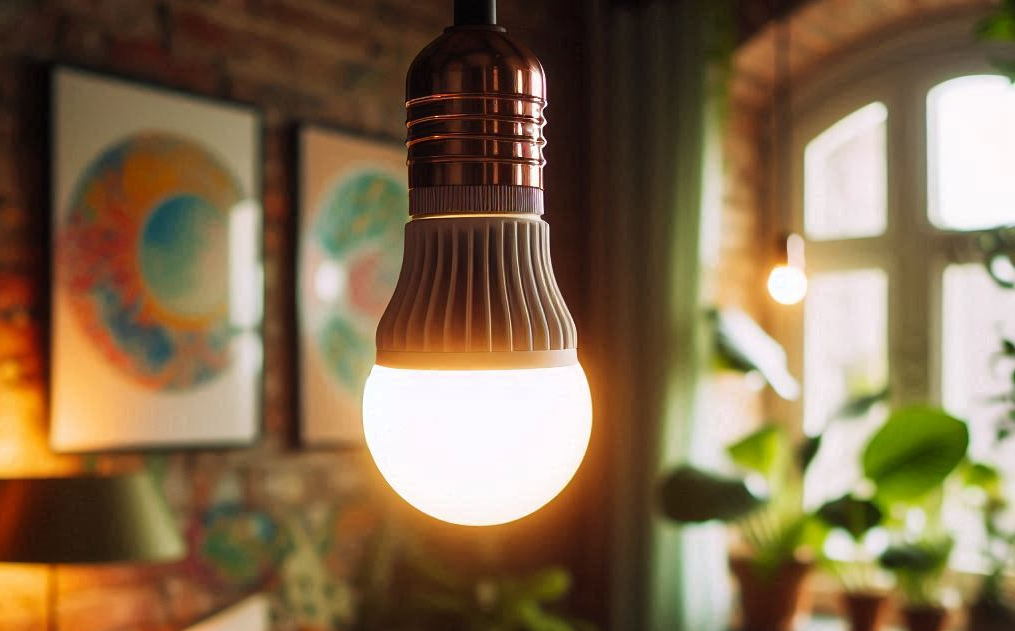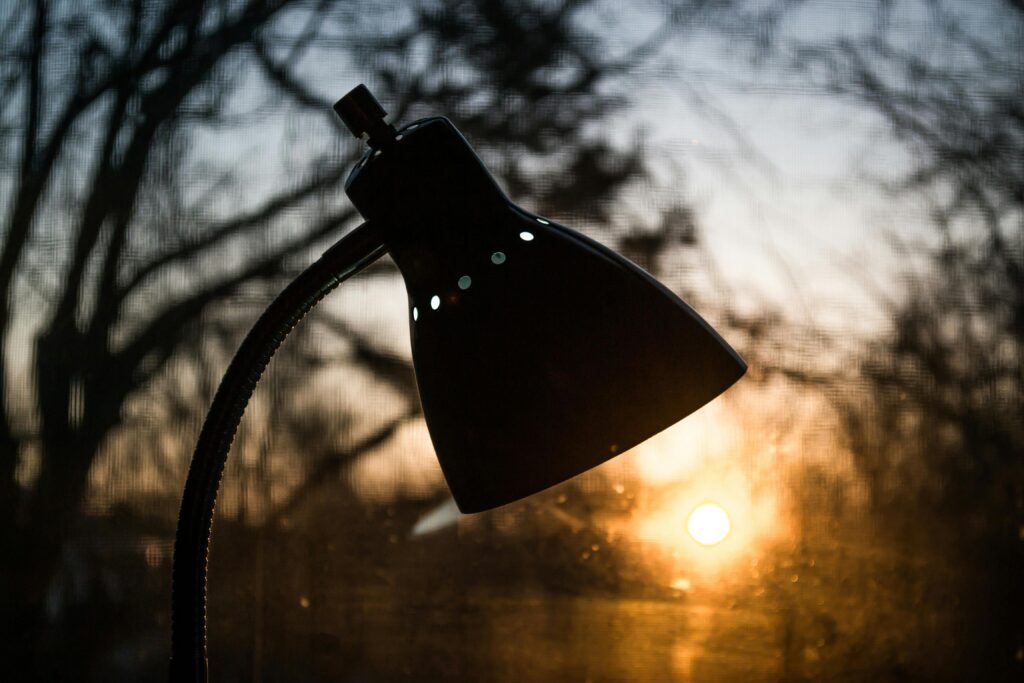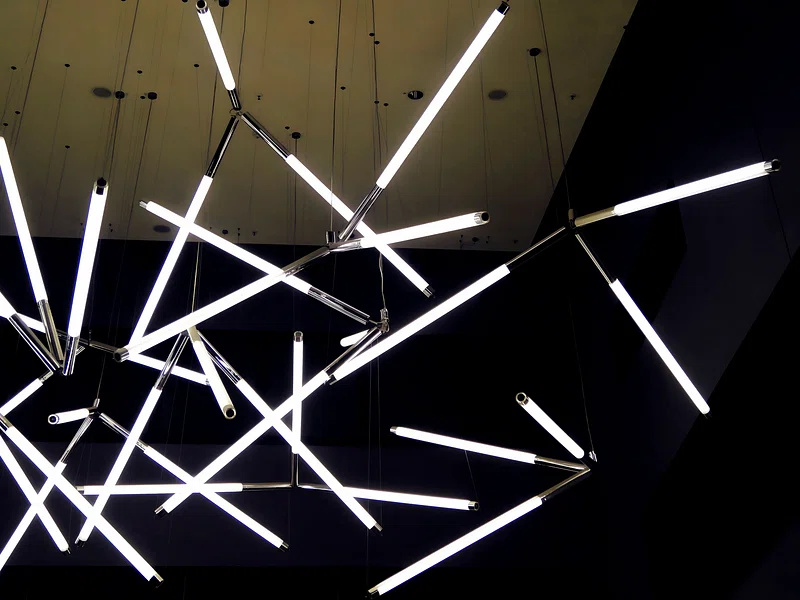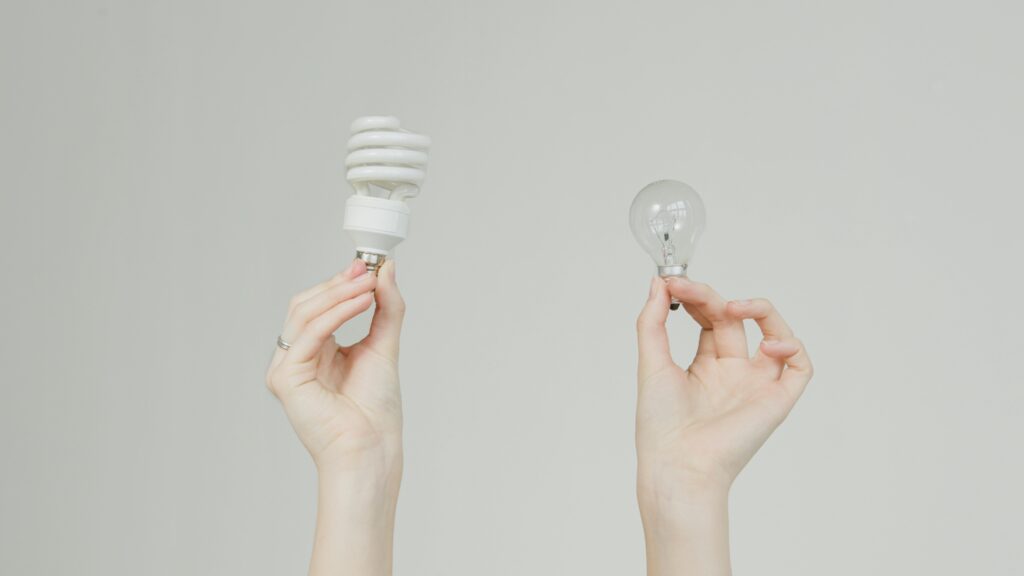LED lights have become more popular lately because they save energy, last longer, and are better for the environment. However, some people are worried about how they might affect eye health. In this article, we’ll look at how LED lights might impact your eyes, the possible risks, and ways to reduce them.
Potential Eye Risks Associated with LED Lights
LED lights have many good qualities, but they can also be bad for your eyes. They can cause problems if you look at them too much. Some people worry about the safety of LED lights. Using them carefully can help protect your eyes. It’s essential to be aware of the possible risks
Blue Light Emission
LED lights send out something called blue light. This blue light can cause three main problems:
Sleep Problems
LED lights in the evening can make your brain think it’s daytime. This means you might:
- Stay awake longer
- Have trouble sleeping
- Feel tired in the morning
Eye Problems
Looking at LED lights for too long can hurt your eyes. You might feel:
- Eye tiredness
- Dryness
- Irritation
Eye Damage Later in Life
Too much blue light might harm your eyesight when you’re older. This can make it hard to:
- See clearly
- Read books
- Recognize faces
Intensity and Glare
LED lights can be harsh also LED lights are very bright and can cause two main issues:
Eye Discomfort
Looking directly at LED lights can be painful. You might:
- Squint (tighten your eyes)
- Feel eye strain (tired eyes)
- Get headaches
Blinding Glare
LED lights can reflect off surfaces and:
- Block your view
- Make it hard to see clearly
- Be especially dangerous for:
- 1. Drivers (on the road)
- 2. Pilots (flying airplanes)
UV Radiation
Some LED lights give off harmful UV rays. This can cause two problems:
Eye Irritation
UV rays from LED lights can make your eyes:
- Red and sore
- Itchy
- Watery (teary)
Cataract Risk
Being around UV-emitting LED lights for a long time might:
- Increase your chance of getting cataracts
- Cloud your vision as you age
How LED Lights Affect Your Eyes
Blue Light Emission and Its Potential Risks
LED lights give off a lot of blue light, which is a part of the light we can see. Normally, we get blue light from sunlight, but LED lights and screens give us too much of it. This blue light goes deep into our eyes, all the way to the back where it can sensitive areas. Too much blue light can hurt our eyes, causing strain, discomfort, and maybe even permanent damage over time. To protect our eyes, it’s essential to be aware of the risks and take steps to limit our exposure to blue light from LED lights and screens.
Eye Strain and Discomfort from LED Lights
Staring at LED screens for too long can cause digital eye strain. This happens to people who use computers, phones, or TVs daily. Symptoms include dry eyes, blurry vision, headaches, neck and shoulder pain, and difficulty focusing. Taking breaks and adjusting screen settings can help. Protect your eyes by being aware of these risks.
Impact on Sleep Patterns
LED screens, like phones and computers, can make it hard to sleep. The blue light from these screens stops your body from making melatonin, a hormone that helps you sleep. Using screens at night confuses your body’s clock, making it tough to fall asleep. This can lead to sleepless nights, especially if you’re on your phone or computer before bed. Over time, not sleeping well can make you feel tired, moody, and less focused.
Long-Term Effects on Eye Health
Some scientists worry that LED lights might harm our eyes over time. They think too much blue light could damage the retina, leading to vision loss as we age. But, more research is needed to know for sure. Lab tests show blue light can harm retinal cells, but everyday use of LED lights likely isn’t harmful. Experts say typical LED lights won’t cause major eye damage in normal use
Factors Influencing Eye Damage
LED lights can potentially harm your eyes due to five key factors:
- They’re very bright
- You look at them for too long
- You’re too close to them
- They have a cool, blue-ish color
- You already have eye problems or are sensitive
Mitigating Risks
To keep your eyes safe, try these simple steps:
- Use warm-white LED bulbs (soft, yellowish light)
- Adjust lights to comfortable levels
- Avoid direct stare at LED lights
- Follow manufacturer’s installation and usage guidelines
- Get regular eye check-ups to monitor your eye health
Scientific Research on LED Light and Eye Health
Current Studies on Blue Light and Retinal Damage
Scientists have studied whether LED lights can harm our eyes. They tested animals and in labs, and found that very strong blue light can damage eyes. But these tests used much brighter light than we normally see. Studies on people haven’t proven that LED lights cause eye damage. More research is needed to know for sure.
The Role of Blue Light in Age-Related Macular Degeneration
As people age, they can lose vision due to a condition called Age-Related Macular Degeneration (AMD). Some scientists think that prolonged exposure to blue light might make AMD worse. But this idea is still debated. Most eye doctors believe that factors like family history, smoking, and poor eating habits are bigger contributors to AMD than blue light. More research is needed to fully understand the connection.
Blue Light Blocking Technology: Does It Help?
Special screen covers, glasses, and software can filter out blue light. This helps reduce eye strain and improves sleep. However, it’s unclear if these products prevent long-term eye damage. Currently, there’s no strong proof that blocking blue light prevents age-related eye issues like macular degeneration.
How to Protect Your Eyes from LED Light Exposure
Adjust the Brightness and Color Temperature of Your Lights
One of the easiest ways to reduce eye strain is to adjust the brightness and color temperature of your LED lights. Using dimmer switches or adjusting the settings on your devices can help create a more comfortable lighting environment. Avoid overly bright lights, especially in the evening, and opt for warm light settings that are less harsh on the eyes.
Take Regular Breaks from Screens
Protect your eyes when using screens. Follow the simple 20-20-20 rule. Every 20 minutes, look up and focus 20 feet away for 20 seconds. This breaks helps your eyes rest. It keeps your eyes feeling fresh and comfortable.
Use Blue Light Filters and Screen Protectors
Many smartphones, tablets, and computers now come with built-in blue light filters or “night mode” settings that reduce blue light exposure. You can also purchase screen protectors that block blue light or invest in blue light-blocking glasses if you are concerned about eye strain or sleep disruption.
Ensure Proper Lighting in Your Environment
Good lighting can help reduce the strain on your eyes. Ideally, you should use ambient lighting that is diffused and does not create harsh contrasts. In office settings, consider using task lighting to illuminate your workspace without overwhelming the eyes. Avoid using LED lights that are too bright or flicker, as these can cause discomfort.
Maintain Eye Health with Regular Check-ups
Finally, the best way to protect your eyes is through regular eye exams. An eye care professional can help detect early signs of eye strain, macular degeneration, or other eye conditions and recommend appropriate treatments or lifestyle adjustments.
Conclusion
In short, while some people worry about the risks of blue light from LED lights, there’s no clear proof that it causes serious long-term damage. Most people won’t have major eye problems from normal LED lights in their homes or work. But if you’re worried about eye strain or trouble sleeping, there are simple ways to reduce your exposure and protect your eyes.
As research on this continues, it’s a good idea to stay updated and make choices that help both your comfort and eye health. You can adjust your lighting, take breaks from screens, and use eye-friendly tech to enjoy LED lights without hurting your vision

